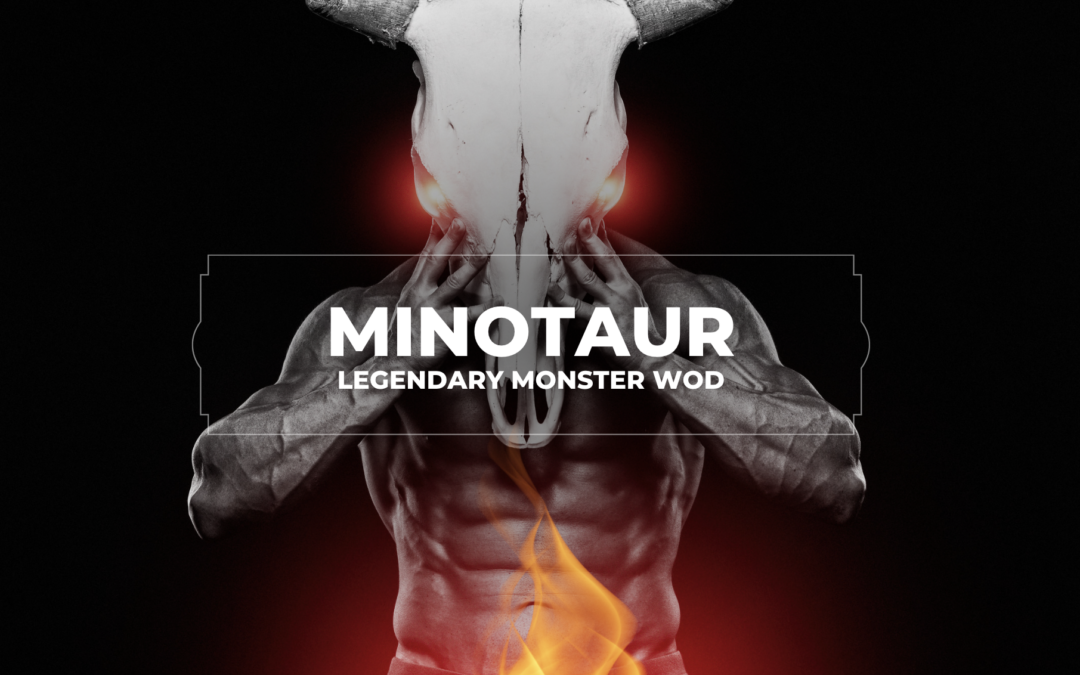In Greek mythology, the Minotaur, also known as “Minotauros” or “Minos’s Bull,” stands as a captivating figure—a creature that sparks both fear and fascination. This mythical monster, with the body of a man and the head of a bull, originated from the union of Pasiphae, the wife of Minos, and a magnificent snow-white bull gifted to Minos by the sea god Poseidon for sacrifice. The tale of the Minotaur has captured the imaginations of countless generations, and its enduring legacy continues to resonate through various forms of art, literature, and popular culture.
The Mythical Origins: A Twist of Fate
To truly appreciate the significance of the Minotaur, it is essential to delve into its origins and the events that led to its creation. King Minos of Crete was a powerful and revered ruler, known for his wisdom and prosperity. As a testament to his divine favor, Poseidon sent a majestic bull, which emerged from the sea foam, to Minos. However, King Minos’s desire for supremacy clouded his judgment, leading him to withhold the sacred animal from sacrifice, hoping to maintain its beauty and strength.
Enraged by this act of defiance, the gods decided to intervene, casting a spell upon Pasiphae, Minos’s wife. She became consumed by an unnatural passion for the majestic bull, a love that could not be quelled. Seeking to satisfy her forbidden desires, Pasiphae enlisted the help of Daedalus, a skilled craftsman, who constructed a wooden cow for her. This deceptive contraption allowed Pasiphae to mate with the bull and ultimately led to the birth of the monstrous Minotaur.
The Labyrinth: A Maze of Fear and Terror
The birth of the Minotaur presented an unparalleled challenge for King Minos. Unable to destroy the creature due to its divine heritage, Minos ordered the construction of an intricate labyrinth—a vast maze designed by Daedalus to confine the fearsome beast. The labyrinth became an architectural marvel, a formidable structure that struck terror into the hearts of those who dared to venture within its winding corridors.
Every year, Minos demanded a tribute of seven young men and seven maidens from Athens, destined to be devoured by the Minotaur. This cruel punishment was the result of an earlier conflict between Athens and Crete, where King Aegeus of Athens had slain Minos’s son. The people of Athens faced an unthinkable fate as their youths were sent into the labyrinth, their lives offered as a tribute to sate the Minotaur’s insatiable hunger.
Symbolism and Interpretations
The tale of the Minotaur encompasses various layers of symbolism and has been subject to numerous interpretations throughout history. One prevalent interpretation revolves around the internal struggle between man’s civilized nature and his primal instincts. The Minotaur, with its half-human, half-animal form, represents the untamed and savage aspects that dwell within each individual. It serves as a reminder of the darkness that can lurk within the human psyche if left unchecked.
Furthermore, the labyrinth itself symbolizes the intricate and complex journey of self-discovery. Like Theseus navigating the winding corridors, individuals often face their own personal mazes—challenges, doubts, and fears that must be confronted in order to find enlightenment and personal growth. The act of slaying the Minotaur can be seen as a metaphor for conquering one’s inner demons and emerging stronger and wiser.
The myth of the Minotaur has also been interpreted as a cautionary tale against hubris and the consequences of defying divine will. King Minos’s refusal to honor Poseidon’s gift led to a series of tragic events, ultimately leading to the birth of the monstrous creature. It serves as a reminder that arrogance and disobedience can have dire repercussions.
The Workout:
Minotaur
5x Rounds
:40 Work / :20 Rest for each movement**
KB Goblet Squat
KB Swing
KB Sumo High Pull
KB Alt Arm Push Press
KB Goblet Hold Lunges

